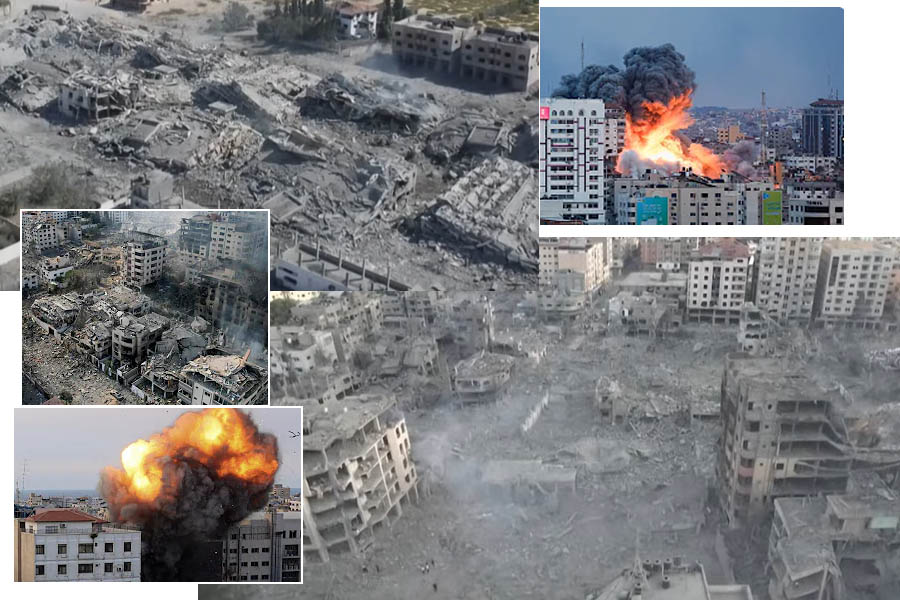
As tensions persist in the Gaza Strip, the Israeli military is undertaking significant infrastructural developments, including the expansion of a crucial road network. This endeavor, aimed at enhancing military operations and asserting control over the region, underscores Israel's commitment to maintaining security amid ongoing conflict.
The gravel-paved road, spanning central Gaza, serves as a strategic corridor for Israeli forces, facilitating swift movement across the enclave. This initiative forms part of a broader strategy to reshape Gaza's topography, bolstering Israel's grip on territory that has been a focal point of recent hostilities.
Stretching approximately 5 miles from the Israeli border to the coast, the road divides Gaza into distinct sectors, allowing for enhanced military maneuverability. With plans to withdraw troops from populated areas, Israel aims to concentrate on targeted raids against Hamas, the militant group responsible for recent attacks.
In conjunction with the road expansion, the Israeli military is establishing a buffer zone along Gaza's border with Israel, restricting Palestinian entry. Despite warnings from U.S. officials against altering Gaza's borders, Israel remains steadfast in its commitment to maintaining security control over the territory.
Israeli authorities assert that the road project is a temporary measure, intended to support ongoing military operations. However, analysts suggest that its implementation could have lasting implications, effectively creating a militarized barrier across Gaza.
Furthermore, the revamped road may hinder the return of displaced Gazans, who fled southward during intense bombardments earlier in the conflict. Guarded by Israeli troops to deter militant attacks, the corridor symbolizes Israel's determination to assert dominance over the region.
According to Miri Eisin, a retired colonel in the Israeli Army, the utilization of the east-west corridor is envisioned as a "long-term temporary" solution, with plans for continued military presence throughout 2024. Combat engineers are actively widening the road and demolishing structures along its flanks to enhance its military utility.
Satellite imagery reveals the transformation of Gaza's landscape, with the road cutting through farmland and sparsely populated areas. Jacob Nagel, a former Israeli national security adviser, suggests that the road serves to demarcate northern Gaza from the rest of the enclave, albeit symbolically.
As Israel transitions to targeted raids in northern Gaza, the road project signifies a strategic shift in military operations. Despite ongoing challenges, including the presence of thousands of civilians in Gaza City, Israel remains resolute in its commitment to security and stability in the region.
The expansion of the road network in Gaza epitomizes Israel's proactive approach to safeguarding its interests amid a complex and volatile geopolitical landscape. While the long-term implications of these developments remain uncertain, they underscore the enduring tensions and strategic imperatives shaping the Israeli-Palestinian conflict.